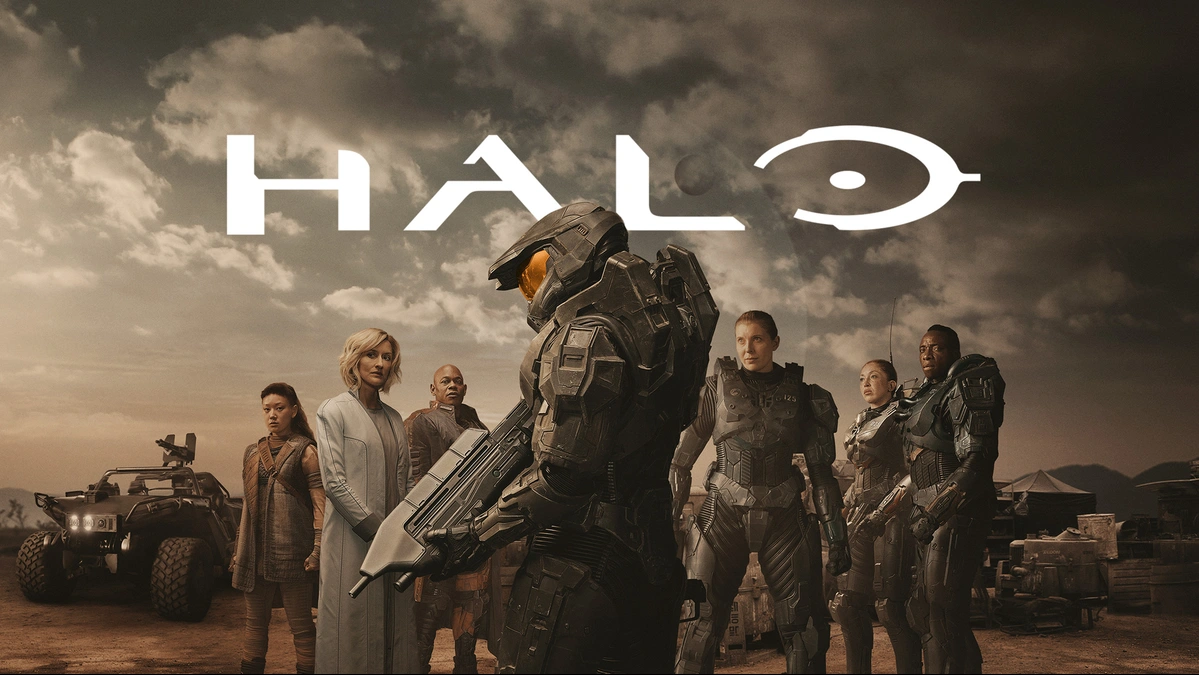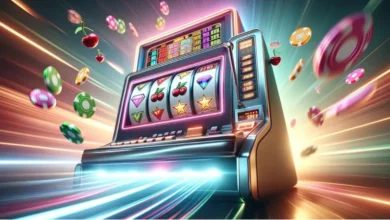Introduction to the Halo game series
The Halo game series stands as a monumental pillar in the world of gaming, captivating players with its immersive storytelling and groundbreaking gameplay. Among its many entries, halo (2003) game icons banners holds a special place in the hearts of fans. This title not only brought the saga of Master Chief to life but also introduced iconic elements that would shape the franchise for years to come.
One standout feature from this classic is its striking banners—visual representations that have become synonymous with the game’s legacy. These designs encapsulate everything from halo (2003) game icons banners action-packed moments to emotional narratives, leaving an indelible mark on pop culture and gaming history alike. Join us as we delve into these halo (2003) game icons banners and explore their significance beyond mere graphics.
The significance of Halo (2003) in gaming history
Halo (2003) redefined the first-person shooter genre. It introduced gamers to a richly crafted universe filled with compelling lore and memorable characters. The Master Chief became an icon, representing not just a character but the heart of the franchise.
The game showcased groundbreaking multiplayer capabilities on consoles. LAN parties transformed into electrifying experiences, igniting friendships and rivalries alike. Gamers found themselves immersed in epic battles that felt both personal and vast.
Moreover, Halo’s storytelling set new standards for narrative depth in gaming. Players weren’t just shooting aliens; they were unraveling mysteries woven through engaging cutscenes and environmental storytelling.
Its impact resonated beyond gameplay mechanics. The success of Halo helped establish Xbox as a formidable player in the console market, halo (2003) game icons banners shaping future developments within Microsoft and its competitors alike.
The iconic banners of Halo (2003)
The banners of halo (2003) game icons banners are more than just images; they embody the spirit and ambition of a groundbreaking game. Each banner captures iconic characters, stunning landscapes, and gripping moments that define the Halo universe.
From the valiant Spartan armor to the ominous presence of Covenant ships, these visuals ignite nostalgia for gamers who experienced this revolutionary title. The rich color palettes and striking designs invite players into an expansive world filled with adventure.
These banners serve as touchpoints for fans, evoking memories tied to epic battles and halo (2003) game icons banners unforgettable narratives. They have become symbols of camaraderie among players, representing shared experiences in both cooperative missions and competitive matches.
As time passes, these icons continue to resonate deeply within gaming culture, reminding us all of why we fell in love with Halo in the first place.
The love for Halo goes beyond just the game itself, extending into fan communities, forums, and even online platforms where players discuss strategies and share memories. Many fans explore creative ways to relive classic gaming experiences through “github.io unblocked games,” where they can access or learn about retro gaming titles from various franchises, including Halo. These platforms have made it possible for fans to reconnect with the essence of old-school gameplay, reigniting the thrill of iconic titles like Halo (2003) and preserving their legacy in today’s fast-paced gaming landscape.
How these banners represent the legacy of the game
The banners of halo (2003) game icons banners are more than just visuals; they embody the essence of a groundbreaking franchise. Each banner captures iconic moments and characters, instantly invoking nostalgia among players.
These images serve as a bridge between past and present, showcasing the evolution of both art style and storytelling. They highlight key elements like Master Chief’s stoic presence or the vibrant alien worlds that captivated gamers.
Moreover, these banners reflect community engagement. Fans often create their own interpretations, fostering creativity while honoring the game’s legacy. They symbolize unity in a diverse gaming culture where everyone shares a common love for Halo.
In many ways, each banner is a piece of history—reminding us how far we’ve come since 2003 while keeping alive the spirit that first ignited our passion for this universe. It’s not just about gameplay; it’s about belonging to something greater than ourselves.
Impact on fans and pop culture
The impact of halo (2003) game icons banners on fans and pop culture is profound. From the moment it was released, it captured the imagination of gamers worldwide. Players became immersed in its rich lore and captivating gameplay.
Beyond gaming circles, Halo’s influence seeped into mainstream culture. halo (2003) game icons banners Iconic phrases like “Warthog” and “Master Chief” entered everyday conversations among non-gamers too.
Fan art exploded online, showcasing creativity inspired by the game’s visuals and themes. Countless conventions have celebrated this phenomenon with cosplay events that bring characters to life.
Music from the series has also made waves, with orchestral compositions becoming a staple at various gaming events. The haunting melodies evoke nostalgia for those who experienced epic battles within its universe.
Halo transcended its origins as just a video game; it fostered a community that continues to thrive today through forums, fan-made content, and merchandise dedicated to celebrating its legacy.
Evolution of the Halo banners over the years
The evolution of Halo banners reflects the franchise’s growth and transformation. From the early days of halo (2003) game icons banners these graphics captured players’ imaginations with striking visuals and iconic characters.
As new games were released, banners began to incorporate more intricate designs. They showcased not just Master Chief but also a diverse cast of allies and enemies, expanding the universe visually.
Incorporating modern design trends, later banners featured dynamic compositions that drew attention instantly. This shift mirrored advancements in gaming technology, enhancing overall aesthetics.
Moreover, promotional artwork started celebrating fan-favorite moments halo (2003) game icons banners from gameplay. The community responded positively, further solidifying the emotional connection between fans and the game series.
With each iteration, Halo’s branding grew richer while staying true to its roots. These visual narratives continue to resonate deeply within pop culture today.
Conclusion: Why the legacy of halo (2003) game icons banners continues to inspire and influence gamers today
The legacy of halo (2003) game icons banners is woven into the fabric of gaming culture. Its impact transcends mere gameplay, entering the realm of art and storytelling. The game icons and banners associated with it have become symbols for a generation.
Fans still reminisce about their first encounters with Master Chief. The striking visuals of those iconic banners evoke nostalgia while also inspiring new players to join in on the fun. They represent not just a game but an experience that shaped many lives.
As technology evolves, so too does the way fans interact with Halo’s universe. Yet, regardless of how much time passes or how many games are released, the essence captured by those original banners remains untarnished. It’s a testament to creativity and innovation within video games.
halo (2003) game icons banners continues to inspire through its memorable imagery and rich lore. It invites gamers both old and new to explore its vast worlds filled with adventure and camaraderie. This enduring appeal ensures that Halo remains relevant today—a beacon guiding future generations toward epic quests yet to be experienced.




